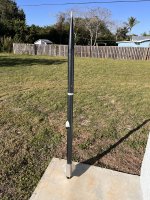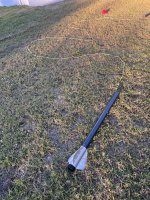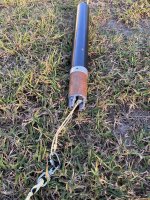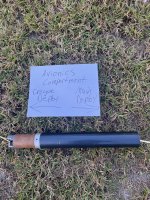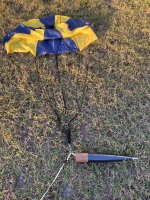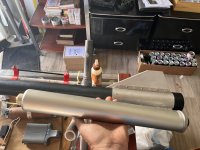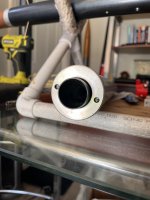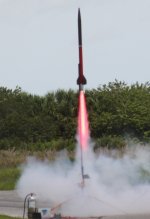Planned flight for Saturday. 24.4 g's acceleration and 1062 mph (1557 FPS ) according to the simulator (which is remarkably accurate). I bet most pellets beat the crap out of it in acceleration, though. Probably by a lot. It would be interesting to know what kind of G's they experience when my .30 Terminator sends them down the barrel, say. Anyone know how to calculate this? I mean I'm not an actual rocket scientist. I just play one in real life sometimes.
